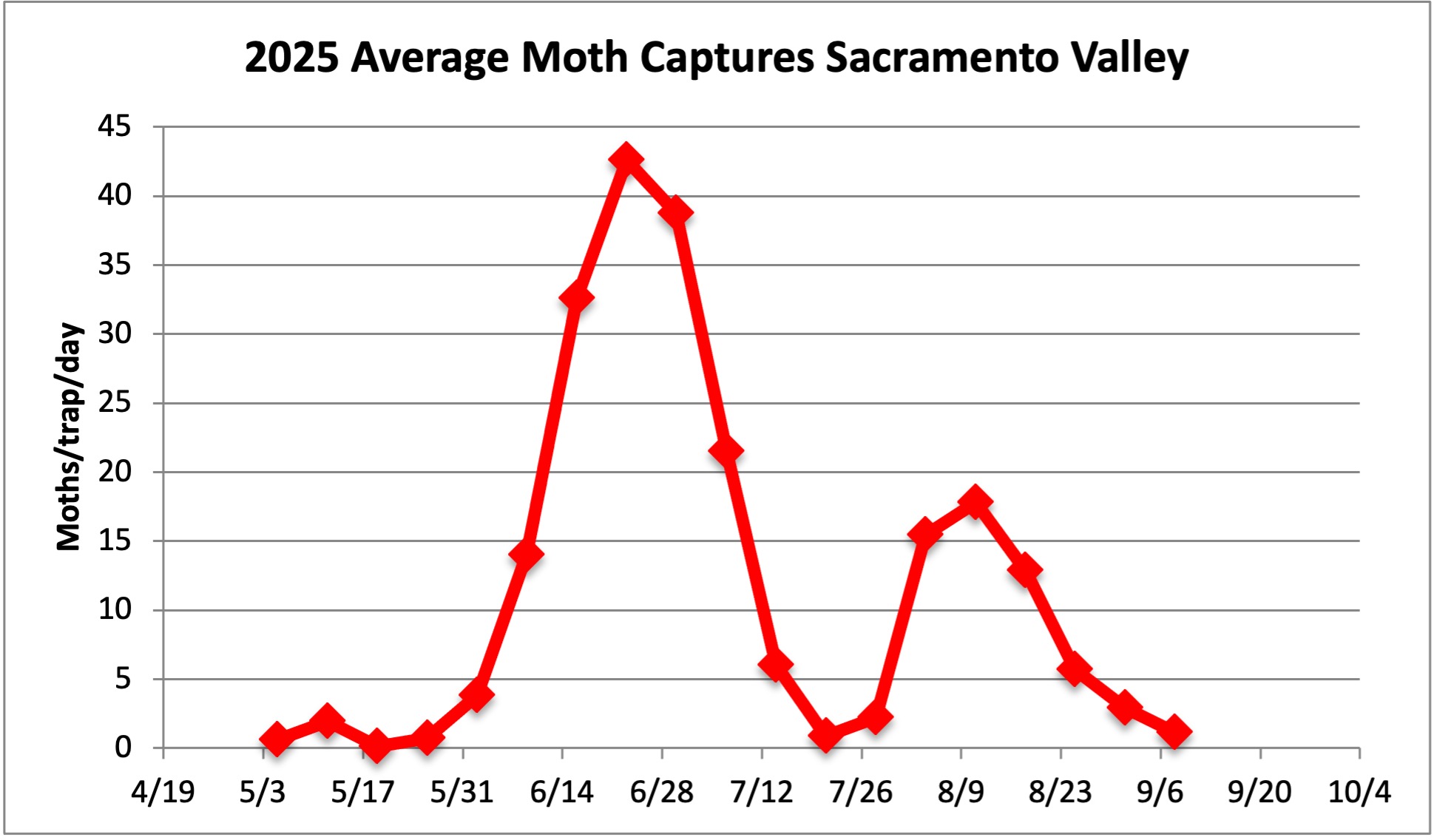2025 Armyworm Monitoring Update
Week of September 8

Armyworm season is pretty much over. In most fields worm numbers are really low; most worms are pupating. Overall, the second peak of worms was not problematic except in a few fields where panicle damage was high in small areas. Traps will be removed next week.
Armyworm trap map and moth numbers per location
